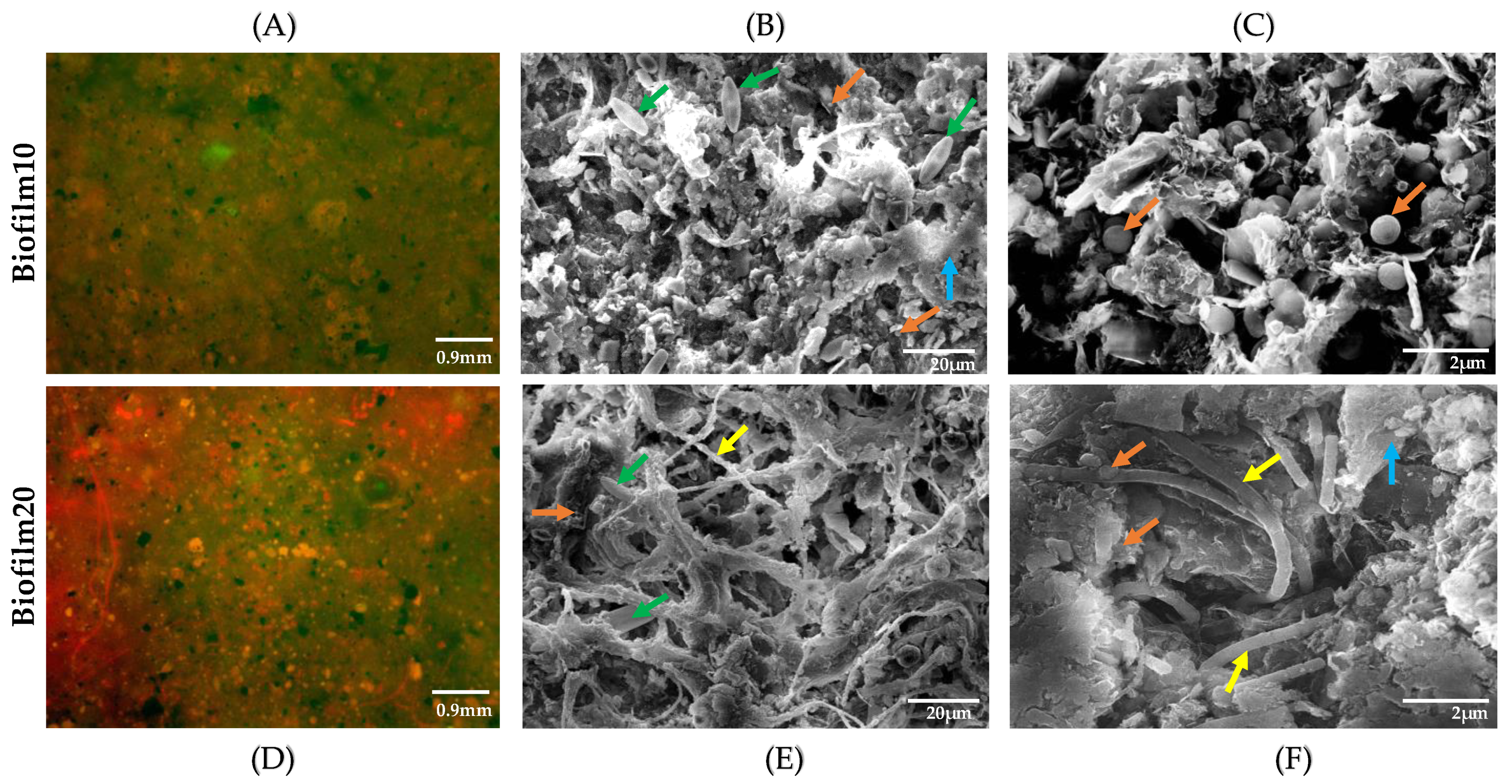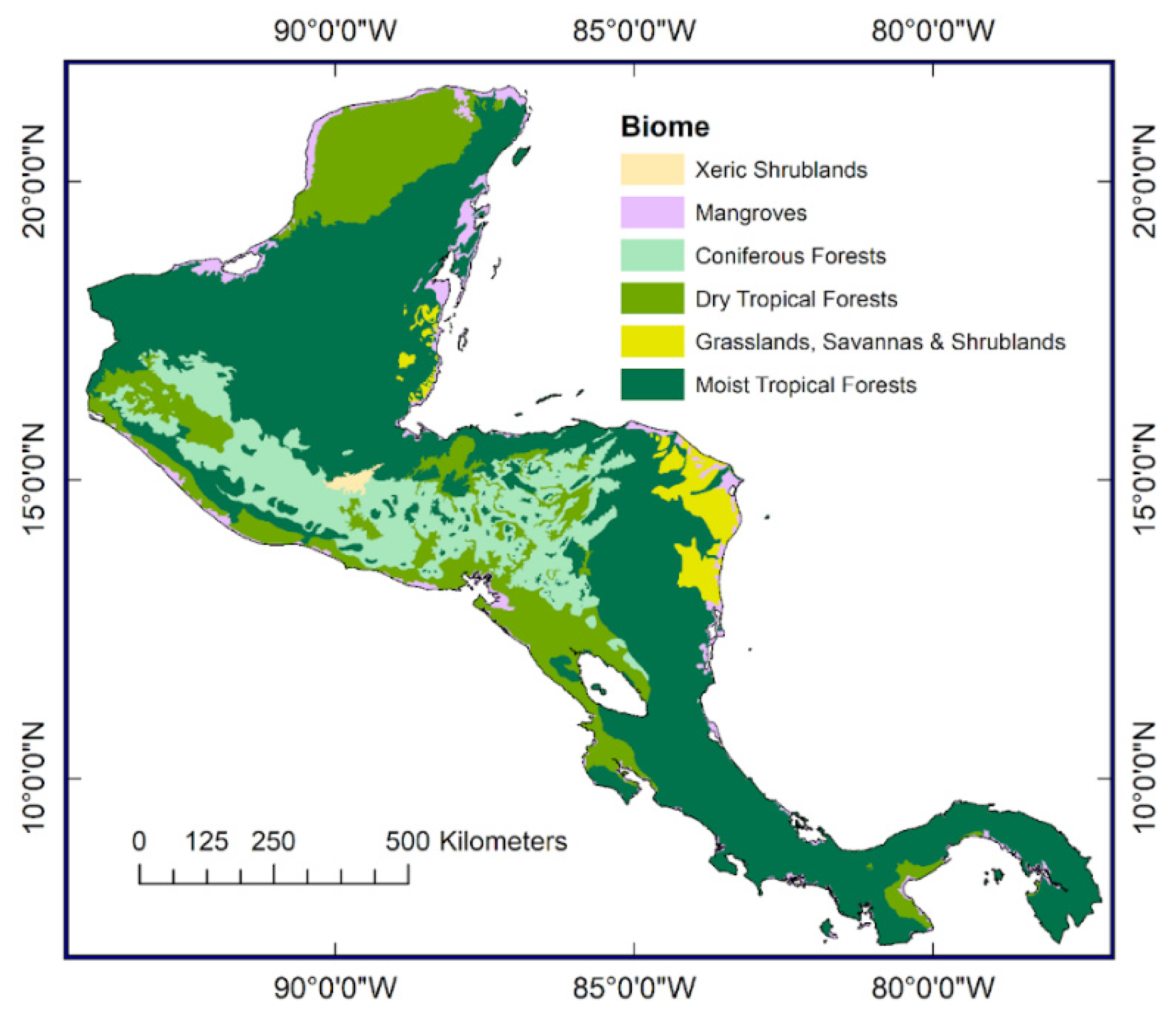ACP - pH dependence of brown-carbon optical properties in cloud water
Por um escritor misterioso
Descrição
Abstract. Light-absorbing organic species present in aerosols, collectively called brown carbon (BrC), have important but highly uncertain effects on climate. Clouds likely represent a significant medium for secondary BrC production and for bleaching reactions, though the relative importance of the formation and loss processes in clouds is unknown at present. The acidity (or pH) of atmospheric particles and clouds affects the optical properties of BrC and bleaching rates. Given the wide variability of pH in the atmosphere (pH in particles and clouds ranges from −1 to 8), the optical properties of BrC and its bleaching behavior are expected to vary significantly, and the link between pH and BrC is yet another uncertainty in attempts to constrain its climate forcing effects. In this work, we characterize the pH dependence of BrC optical properties – including light absorption at 365 nm (Abs365), the mass absorption coefficient (MAC365), and the absorption Ångström exponent (AAE) – in bulk cloud water sampled from the summit of Whiteface Mountain, NY. In all samples (n=17), Abs365 and MAC365 increased linearly with increasing pH, highlighting the importance of reporting pH in studies of BrC in aqueous media. There was strong variability in the sensitivity of Abs365 to pH, with normalized slopes that ranged from 5.1 % to 17.2 % per pH unit. The normalized slope decreased strongly with increasing cloud water [K+], suggesting that the non-biomass-burning BrC has optical properties that are more sensitive to pH than BrC associated with biomass burning. AAE also showed a distinct pH dependence as it was relatively flat between pH 1.5–5 and then decreased significantly above pH 5. The cloud water composition was used to inform thermodynamic predictions of aerosol pH upwind and/or downwind of Whiteface Mountain and the subsequent changes in BrC optical properties. Overall, these results show that, in addition to secondary BrC production, photobleaching, and the altitudinal distribution, the climate forcing of BrC is quite strongly affected by its pH-dependent absorption.

Hygroscopicity of Secondary Brown Carbon Aerosol from Aqueous Photo-Oxidation of Phenolic Precursors
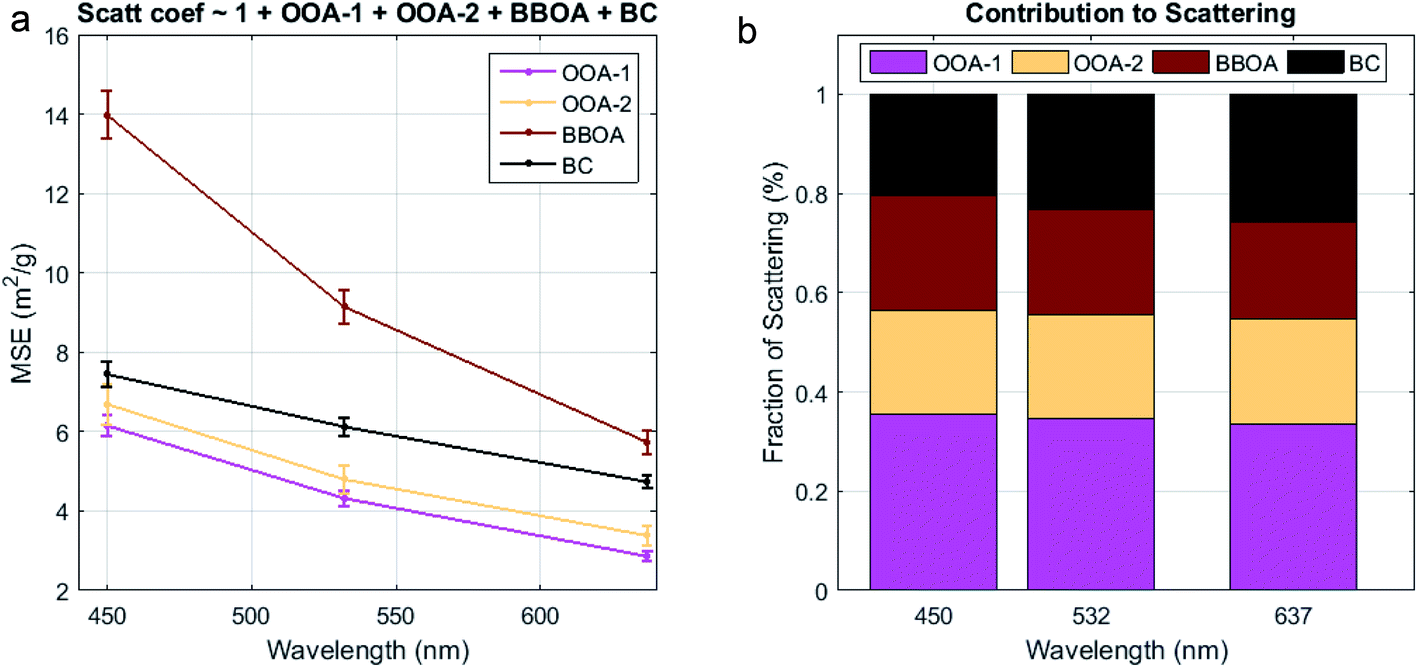
Linking the chemical composition and optical properties of biomass burning aerosols in ia - Environmental Science: Atmospheres (RSC Publishing) DOI:10.1039/D1EA00055A
ACP - pH dependence of brown-carbon optical properties in cloud water

ACP - pH dependence of brown-carbon optical properties in cloud water
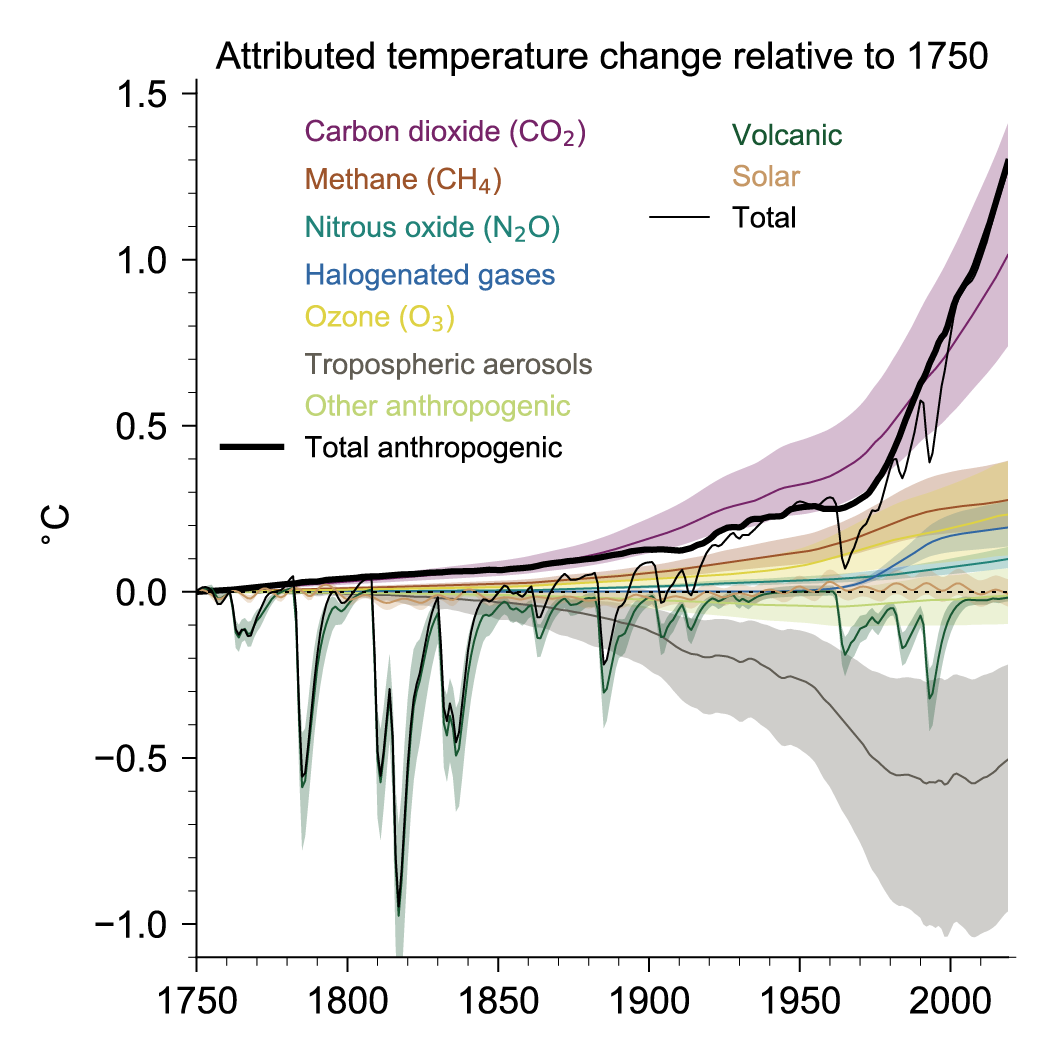
Chapter 7: The Earth's Energy Budget, Climate Feedbacks, and Climate Sensitivity

PDF) Size-resolved measurements of brown carbon in water and methanol extracts and estimates of their contribution to ambient fine-particle light absorption

PDF) Brown carbon's emission factors and optical characteristics in household biomass burning: developing a novel algorithm for estimating the contribution of brown carbon

Regional Differences of Chemical Composition and Optical Properties of Aerosols in the Tibetan Plateau - Xu - 2020 - Journal of Geophysical Research: Atmospheres - Wiley Online Library
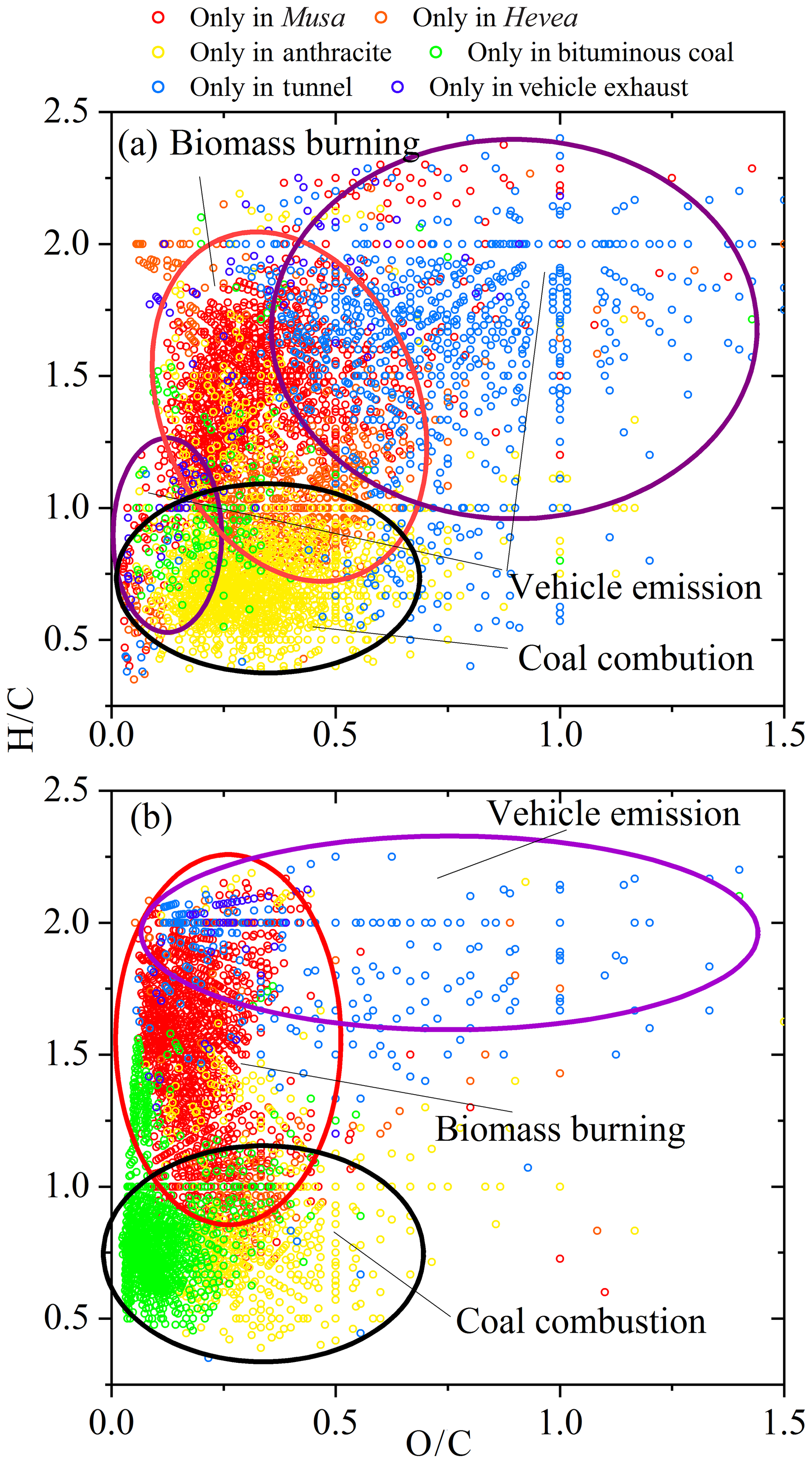
ACP - Molecular compositions and optical properties of dissolved brown carbon in biomass burning, coal combustion, and vehicle emission aerosols illuminated by excitation–emission matrix spectroscopy and Fourier transform ion cyclotron resonance mass
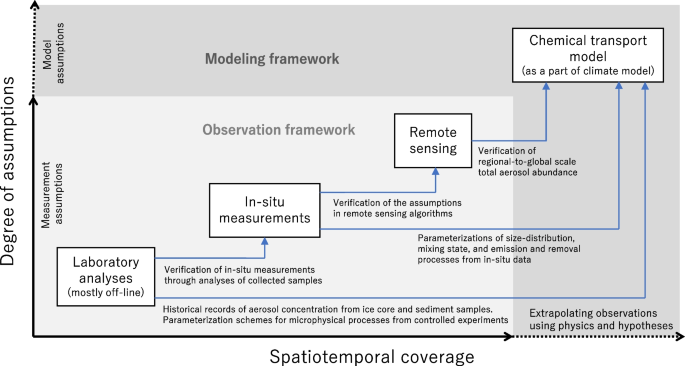
Climate-relevant properties of black carbon aerosols revealed by in situ measurements: a review, Progress in Earth and Planetary Science
de
por adulto (o preço varia de acordo com o tamanho do grupo)

